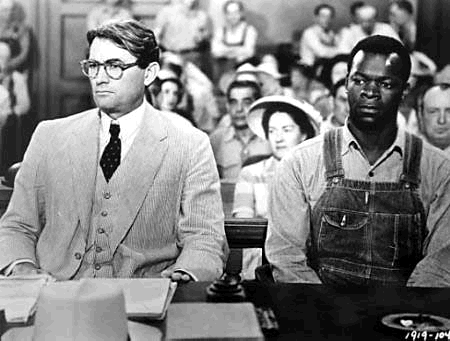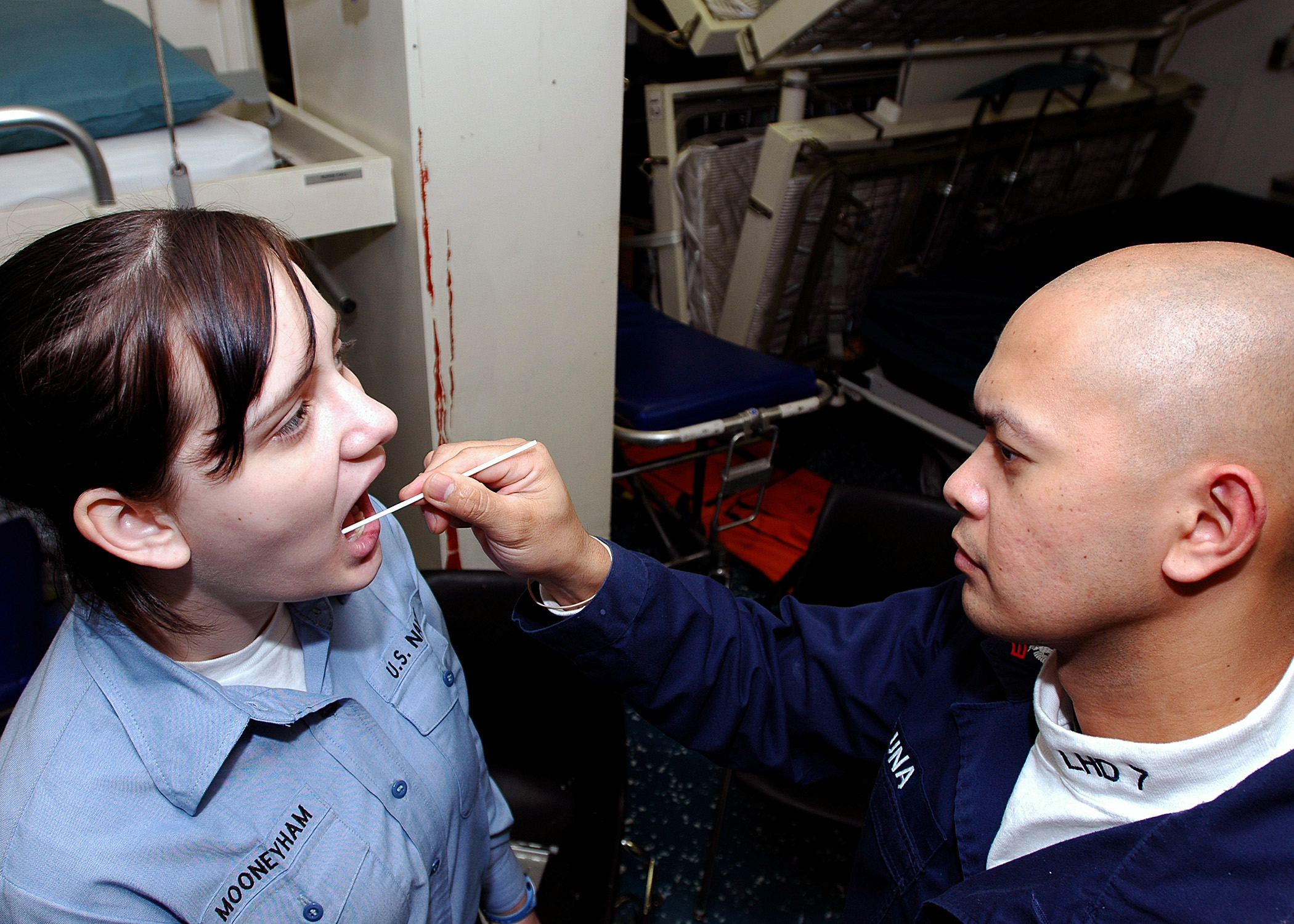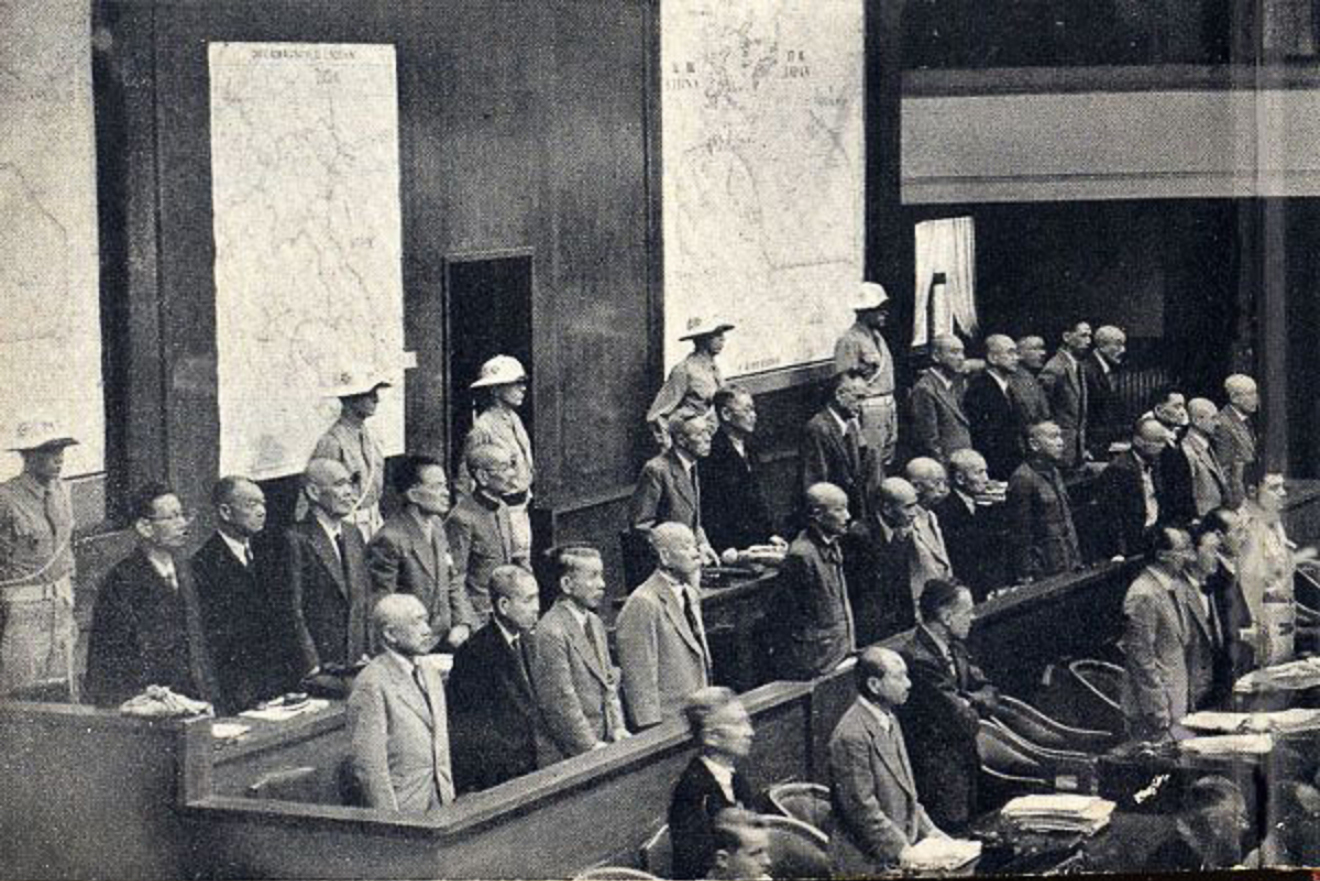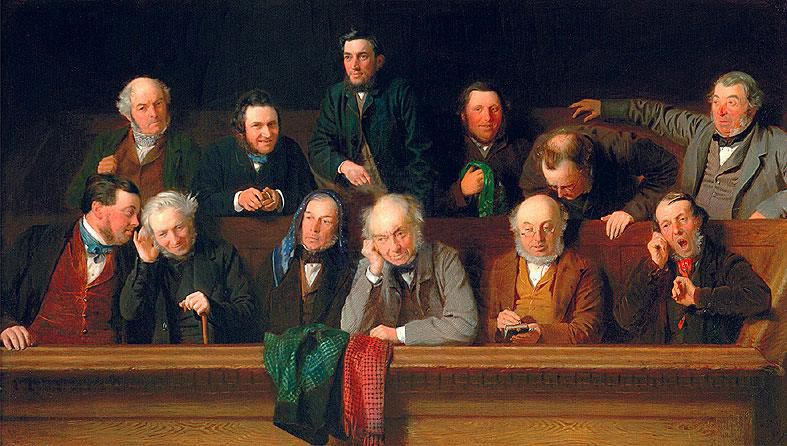Thank you for your support as we transitioned from the Criminal Law Brief to the Criminal Law Practitioner. This semester students and guest practitioners have put out a series of great posts that we hope you enjoyed. Thanks to all who contributed to make it a great first season with the CLP Blog! Student posts will be temporarily suspended until January 2014.
IMPORTANT NOTICE: Please note we will be changing the blog address from wclcriminallawbrief.blogspot.com to crimlawpractitionerblog.blogspot.com. You can also access the blog through the CLP website: crimlawpractitioner.com, or by googling us or following the blog via email and Twitter.
When we resume again in January 2014 we will be launching a new section -- The Supreme Court Watch -- where upcoming and recent Supreme Court cases and opinions relating to criminal law will be discussed and analyzed. We will break down the cases with specific analysis for the affect on practitioners.
We are also excited to announce that the first CLP publication will be published and ready for distribution in January 2014! This publication will consist of four student articles, four practitioner articles, and two editorial pieces. If you are interested in receiving a free copy of the CLP publication, please email us at crimlawpractitioner@gmail.com with your contact information and we will add you to our mailing list.
If you are interested in submitting an article to the publication, please visit our website for submission details and you may contact us at crimlawpractitioner@gmail.com; or for a blog post, please email us at crimlawpractitionerblog@gmail.com.
Thank you again for reading the CLP Blog and sharing your comments with us.
Happy Holidays!
Sincerely,
The Criminal Law Practitioner


.jpg)
































